PART 4
*** Brian the Astronomer ***
“This is the grown-up version”
Even More Sky At Night
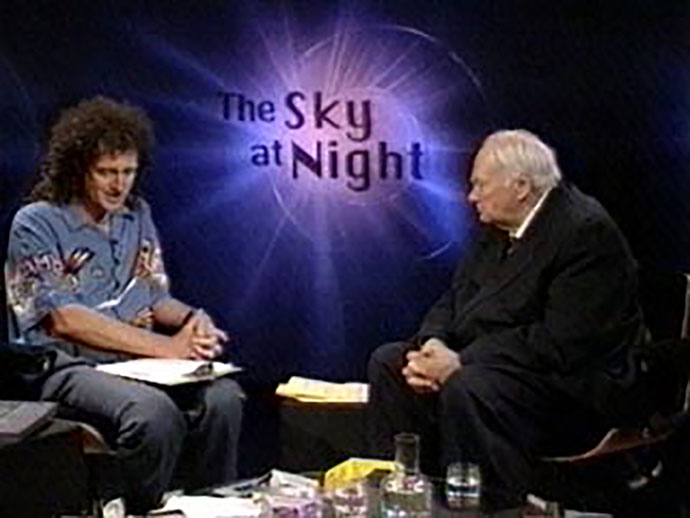
PATRICK: Well anyway we’re going to have one on August the 11th, so lets start, start talking about how to view it, and one thing is paramount – safety. The Sun is dangerous.


BRIAN: We’ve shared a couple of expeditions, haven’t we Patrick, to places where people are very afraid of solar eclipses and its really not so stupid, because people can do such damage to their eyes by not taking the proper precautions. We have to say here you do NOT look at any partial eclipse of the Sun, partial phases, without protection.
PATRICK: Or at any time, so let’s begin shall we, with the naked eye, but no telescopic equipment used, and the thing to actually not to do, don’t stare at it, only when the Sun is completely hidden and you see the corona, only then is direct vision safe – at other times it’s not so, [begin] with the naked eye, and we do have these various filters, that are safe.
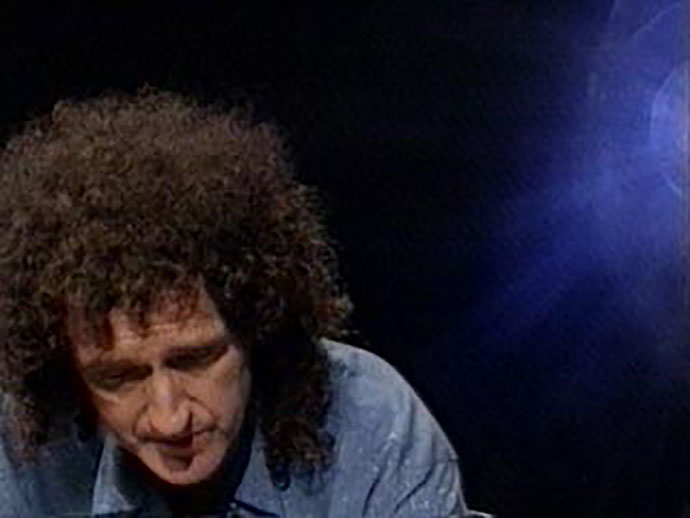
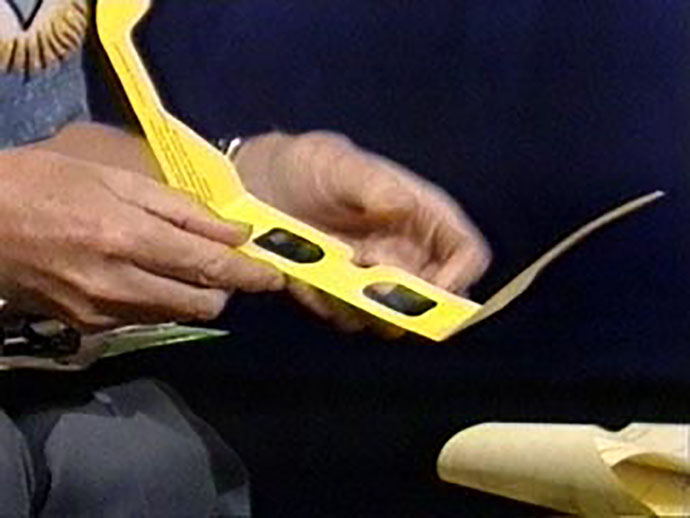
BRIAN: Yes, this is a Mylar filter, which, which I’ve used before. They, they’re perfectly safe as long as they’re not scratched. You really have to be very careful. If they are scratched, you’re in danger. Look for the …..
PATRICK: Yes you’ve got that certificate on it and if its not on your filter, then throw the filter away.


BRIAN: Absolutely.
PATRICK: And I’m afraid there are various filters going around that not stamped in that way. So don’t trust them.
BRIAN: Yes, yes – don’t take risks. Don’t start looking through photographic film or blackened glass. Use one of these approved viewers.
PATRICK: Yes smoked glass is no good. Photographic film is no good. Sunglasses are no good.
BRIAN: Absolutely not.


This is the one I’ll be using. Something like this and this is not subject to scratching – it’s a… and gives a very good view of the Sun ,as a matter of fact. This is another version of it, and I guess it’s the grown-up version.

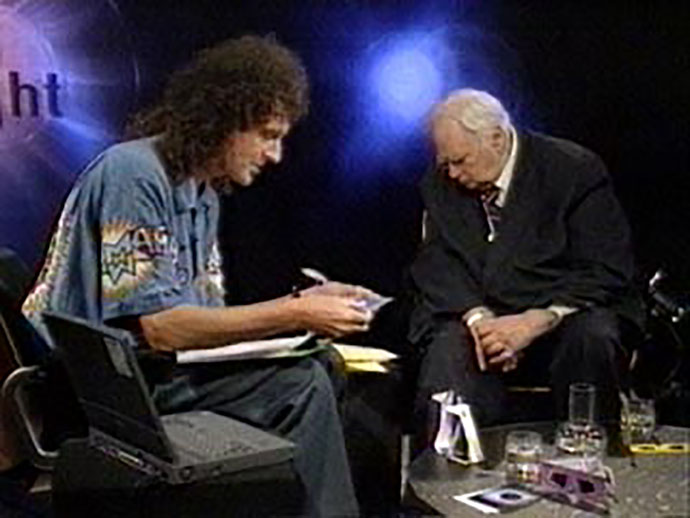
I’ll, I’ll probably be using something like this. Or else, the alternative is to project. You don’t have to be looking at the Sun to see the effect of the partial phases, you can make a little pinhole in a card like this, or else get this from your local optician, and project an image of the Sun on a white card down here. I think that’s a very good way to look at the partial phases.

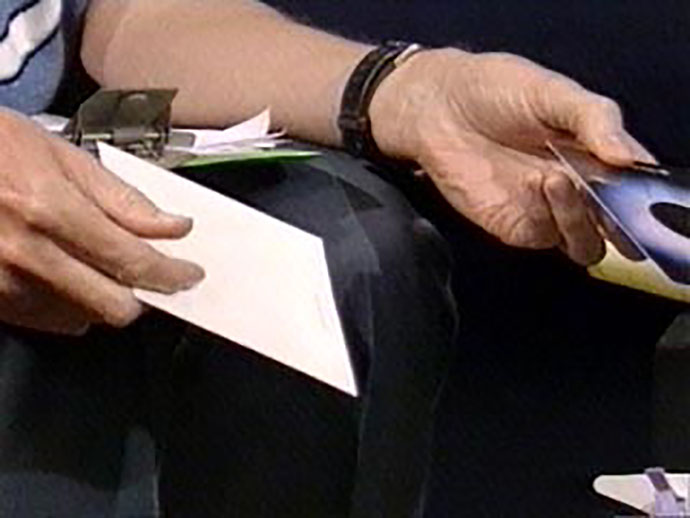
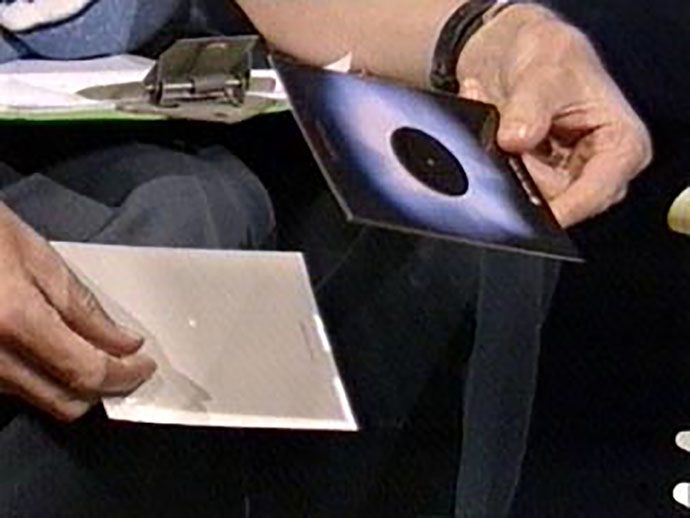

PATRICK: Well now, turn to telescopes and binoculars, and unless the Sun us totally eclipsed, there’s one golden rule about looking direct, and that is – DON’T. Er, you can do it, a special Mylar filter or a welding glass filter to go over the, the far end of your telescope or binoculars, then you can it, but the best way, in my view, is to use your telescope as a projector – point it towards the Sun without looking through it and then shoot the sun’s image onto a card or screen held behind the eyepiece, and then you have a good view, but otherwise, don’t. But remember the tiny part of the Sun left uncovered is dangerous.
BRIAN: Absolutely.